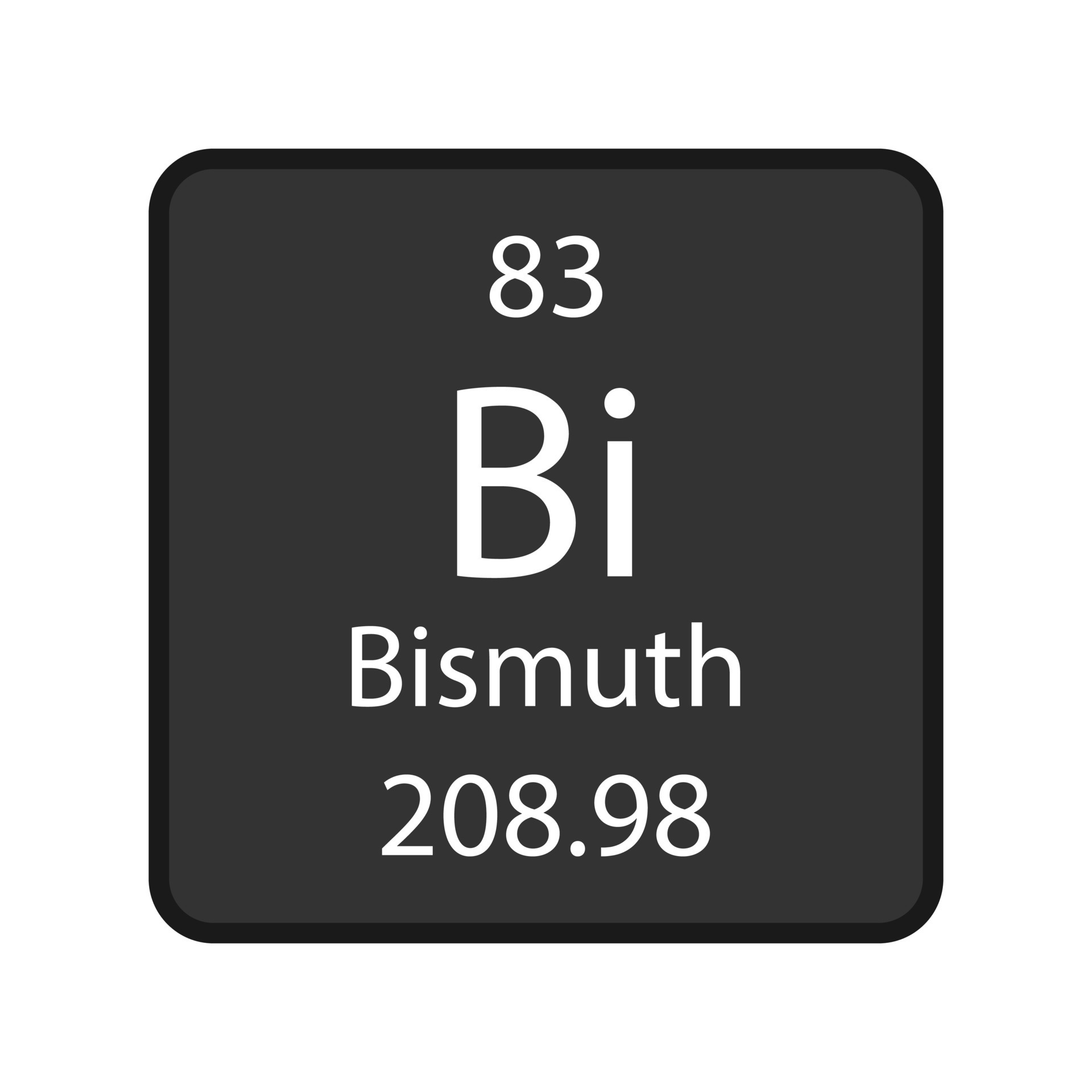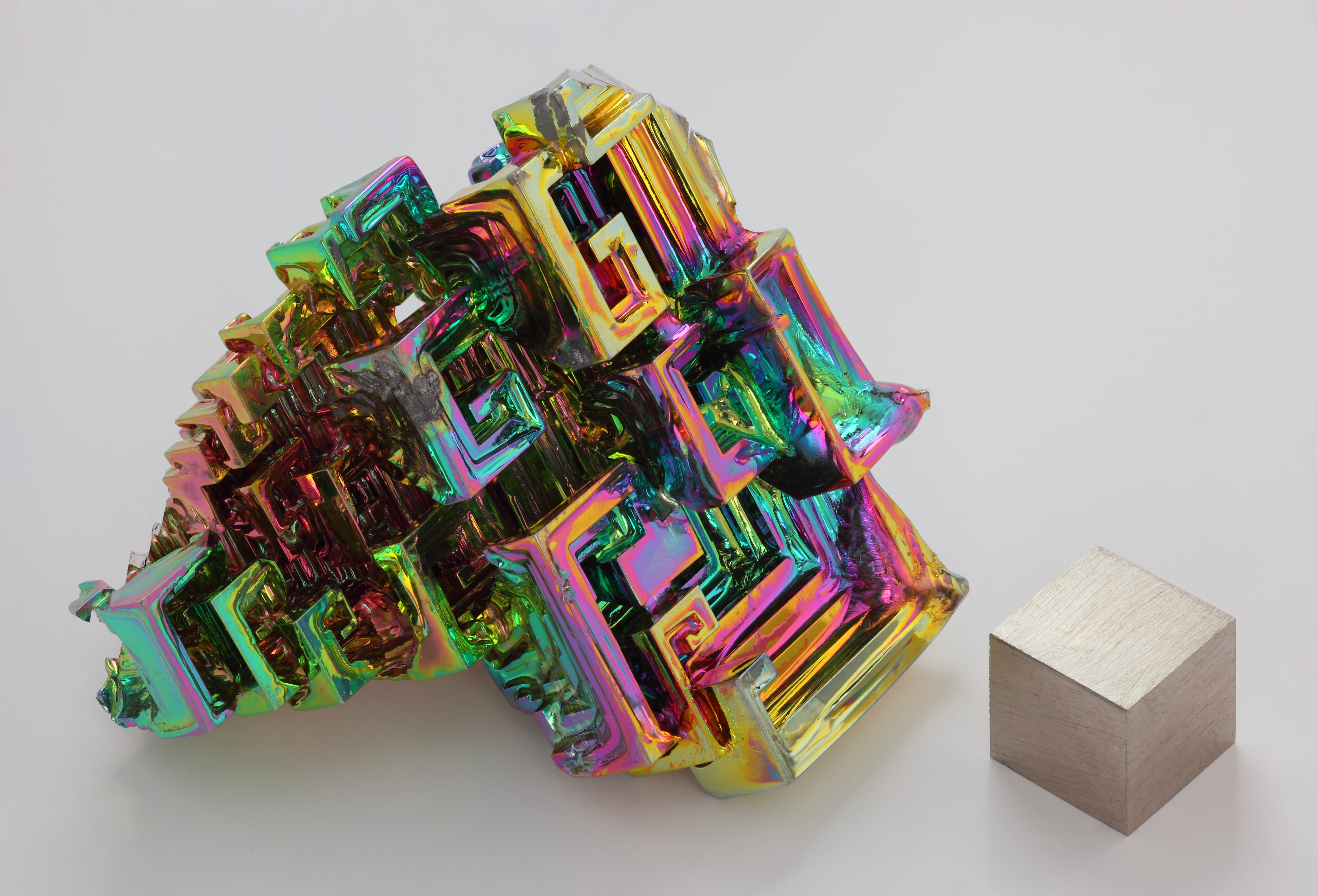History.
Bismuth has been known since ancient times and was used by the
Egyptians as early as 3000 BC. The metal was first isolated in 1753 by
the German chemist Johann Heinrich Pott. Bismuth is found in nature as
the free metal and as a component of various minerals, including
bismuthinite, bismutite, and bismuth ochre.
It has been known since ancient times, but it was often confused
with lead, antimony, and tin. Bismuth was first recognized as a
distinct element by the French chemist Claude François Geoffroy in
1753. Bismuth is mainly found in ores such as bismuthinite and
bismite, and it is also produced as a by-product of lead, copper,
tin, and silver refining.
Usage.
Bismuth has various applications in medicine, cosmetics, alloys, and
electronics. Bismuth is used in a variety of applications, including:
-
Low-melting alloys: Bismuth is used in low-melting alloys,
such as Wood's metal and Rose's metal, which are used in fire
alarms, sprinkler systems, and other safety devices.
-
Soldering: Bismuth is used as a component of solder, which
is used to join metal surfaces together.
-
Pharmaceuticals: Bismuth compounds are used in a variety of
pharmaceutical applications, including as an antacid, an
antidiarrheal, and a treatment for syphilis.
-
Cosmetics: Bismuth compounds are used in some cosmetics,
such as eye shadow and lipstick, to give them a pearly luster.
Bismuth is a relatively non-toxic metal, but it can be harmful if
ingested in large quantities. Symptoms of bismuth poisoning include
nausea, vomiting, diarrhea, and abdominal pain.
Sources.
Bismuth is found in nature primarily as the mineral bismuthinite,
which is a sulfide of bismuth. Bismuth is also found in other
minerals, such as bismutite, bismuthinite, and tetradymite. The
primary sources of bismuth are the mines in China, Peru, and Mexico.

